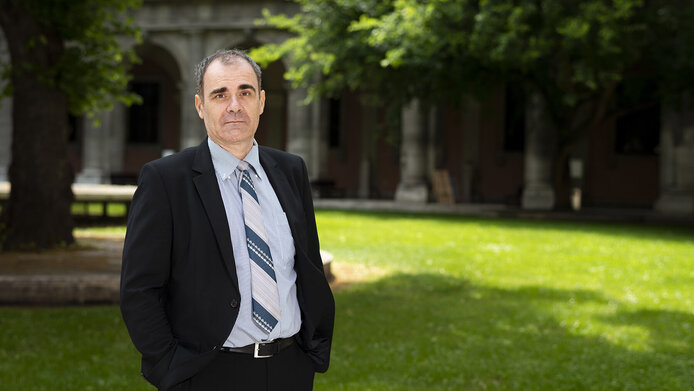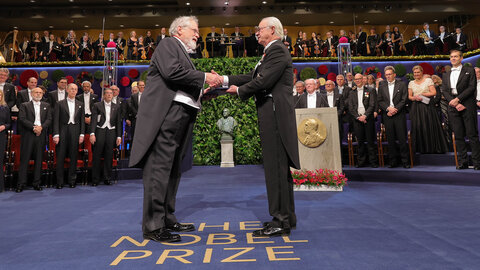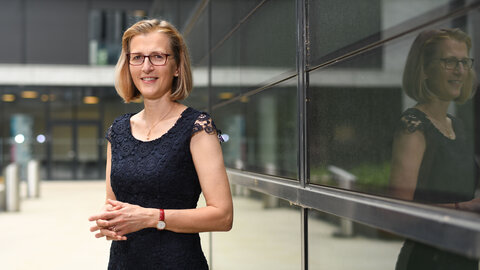On 28 November 1520, after navigating through heavy storms, Ferdinand Magellan reached the open sea. His fleet had shrunk, the crew was starved, but the weather was magnificent.
Magellan had just passed the Strait of Magellan, as it is now named, at the southern tip of South America. Thankful for the calm seas awaiting him there, he named this ocean “Mare Pacifico”, or Pacific Ocean. Magellan had intended to find a western route to the Moluccas to obtain precious spices for the Spanish crown. Instead of sailing directly to the Spice Islands, however, he surprisingly ended up almost 2500 kilometers further north on the Island of Guam.
This raises some questions: why was the weather so mild when Magellan reached the Pacific, a region known for its legendary weather extremes? Why did an experienced captain risk a longer route, although the crew was seriously ill? And why did he miss the thousands of islands in the Pacific where he would have found provisions?
Researchers have recently concluded that the answers to these questions have a common denominator: “El Niño” might have been responsible for all of it. Magellan’s voyage is probably the first historical evidence of this weather pattern (El Niño-Southern Oscillation, or ENSO), which is named after the Spanish Christ Child since it often occurs around Christmas off the South American Pacific coast.


![[Translate to English:] Welle bricht](/fileadmin/_processed_/d/9/csm_Welle_cTimMarshall_unsplash_3df42399cc.jpg)
![[Translate to English:]](/fileadmin/_processed_/2/b/csm_EmmanuelleCharpentier_cHallbauerundFioretti_35afb9cedd.jpg)
![[Translate to English:] Christa Schleper entnimmt eine Sedimentprobe aus der Donau](/fileadmin/_processed_/3/e/csm_Christa_Schleper_cUlrichZinell_ef90da6f10.jpg)
![[Translate to English:] Wolfgang Lutz blättert in einem großen Atlas](/fileadmin/_processed_/c/6/csm_Wolfgang_Lutz_cHerbertNeubauer_picturedesk_f0e494e876.jpg)


![[Translate to English:] Portrait Walter Pohl](/fileadmin/_processed_/1/2/csm_Portrait_WalterPohl_cFWF_LuizaPuiu_c0acb71e9a.jpg)
![[Translate to English:]](/fileadmin/_processed_/5/b/csm_Ferenc_Krausz__C__%C3%96AW_APA-FOTOSERVICE_MARTIN_H%C3%96RMANDINGER_2_ed50c7acf1.jpg)
![[Translate to English:]](/fileadmin/_processed_/0/d/csm_FWF_AustrianScienceAwards2025_EllyTanaka_cFWFKlausRanger_3f3f257163.jpg)